Top nine attractions in the Yorkshire Dales where Harry Potter, Emmerdale, Emily Bronte’s Wuthering Heights and All Creatures Great and Small were filmed
The Yorkshire Dales are a group of valleys, or dales, in the Pennines and the majority of the dales lie within the Yorkshire Dales National Park, which was created in 1954, with the exception of the area around Nidderdale.
The DalesBus is a service that takes visitors on a tour of the Dales on set days in summer and many visitors are drawn to the hiking trails, including some areas that follow a path to waterfalls.
Advertisement
Hide AdAdvertisement
Hide AdSome of the most popular attractions according to travellers who use TripAdvisor include Ribblehead Viaduct, Aysgarth Falls, Ingleborough and Malham Cove. The limestone cliffs and cave systems are also a huge draw for tourists.
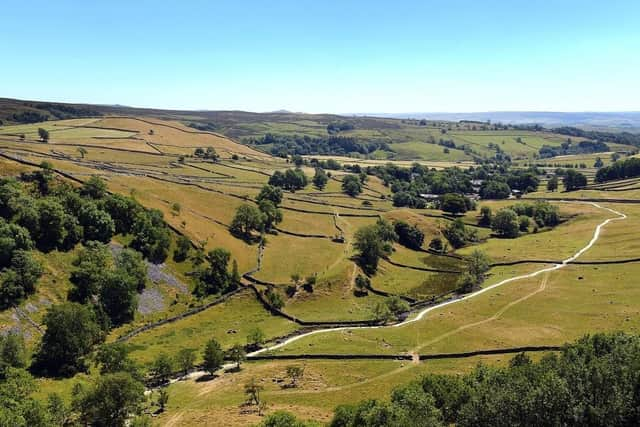

Top nine attractions in the Yorkshire Dales
Malham Cove
The large curved limestone cliffs were formed by a waterfall which carried meltwater from glaciers at the end of the last Ice Age more than 12,000 years ago. It is now known as a tourist spot and rock climbing crag within the Yorkshire Dales National Park.
Malham Cove, Gordale Scar and Janet’s Foss all connect together by a relaxing walk suitable for walkers of all abilities.
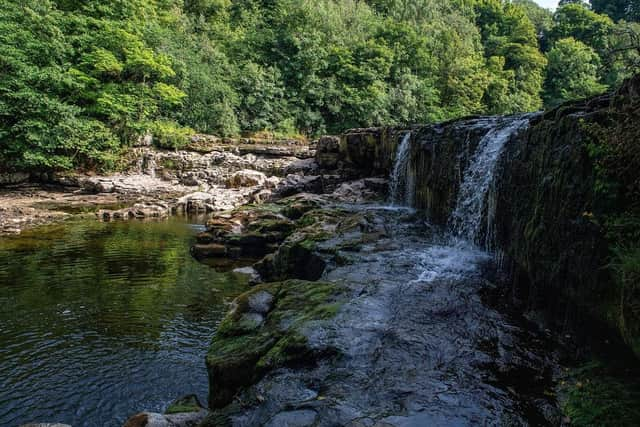

The Cove has been used as a filming location for the 1992 film adaptation of Emily Bronte’s novel Wuthering Heights and it was also featured in the Harry Potter and the Deathly Hallows (Part 1) film as one of the places Hermione and Harry visited.
Aysgarth Falls
Advertisement
Hide AdAdvertisement
Hide AdThis attraction is made up of three waterfalls surrounded by woodland and farmland and are split into three stages: Upper Force, Middle Force and Lower Force.
The three falls were used to film scenes of Robin Hood: Prince of Thieves and Emily Bronte’s Wuthering Heights as well as TV series Seven Natural Wonders.
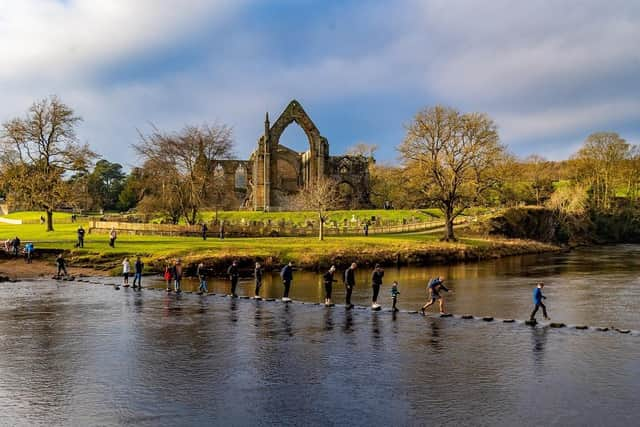

Gaping Gill
This is considered one of the most famous caves in the Dales and one of the largest underground chambers in Britain.
It can be reached from Clapham by walking through Ingleborough Cave and up to the slopes of Ingleborough.
Advertisement
Hide AdAdvertisement
Hide AdJohn Birbeck, a man from Settle who also made the first descent of Alum Pot, attempted the first descent in 1842.
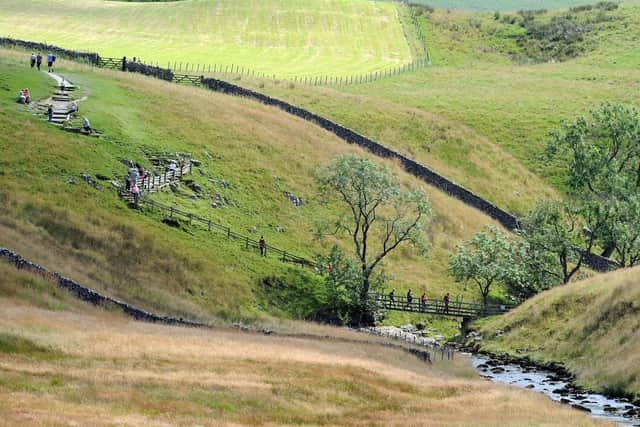

Ingleton Waterfalls Trail
This is a popular circular trail and has beautiful views of the waterfall and woodland and the walk is four and a half miles long.
There are plenty of chances to view seasonal landscapes. It is the perfect day out where you can observe unspoilt surroundings for family and friends and learn all about its nature and geological features including Thornton Force.
Ribblehead Viaduct
The Settle to Carlisle railway is one of the most popular and scenic journeys partially due to dramatic views of the viaducts.
Advertisement
Hide AdAdvertisement
Hide AdThe Grade II listed structure is the longest and third tallest on the Settle-Carlisle line. In the 1860s the Midland Railway built a line between Settle and Carlisle to capitalise on the growth in rail traffic between England and Scotland.
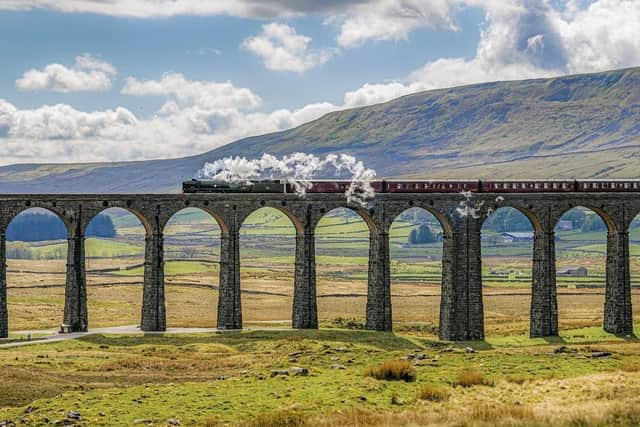

The viaduct inspired the ITV drama series Jericho and was featured in the 1970 film No Blade of Grass and the 2012 film Sightseers.
Bolton Abbey
The name is taken from a 12th century Augustinian monastery of canons’ regular, now known as Bolton Priory.
The estate includes miles of walking paths that visitors can use whatever the weather and has beautiful riverside, woodland and moorland trails, the stepping stones, cafes, abbey ruins as well as planning a picnic by the River Wharfe.
Advertisement
Hide AdAdvertisement
Hide AdThe estate has been used to film the 1963 film This Sporting Life, the BBC series The Trip and Gunpowder and the 1985 music video for the Love and Rockets song ‘If There’s A Heaven Above’.
Bolton Castle
This well preserved Medieval castle in Wensleydale with plenty of activities to get busy with including falconry displays, archery and wild boar feeding.
It dates back to the 14th century and was damaged in the English Civil War, though most of it survived. It has never been sold and remains in the ownership of the descendents of the Scrope family.
Various film and TV productions have used the castle as a location, including Ivanhoe (1952), Elizabeth (1998), the TV series Heartbeat and the 1978 adaptation of All Creatures Great and Small, during the scene when James Herriot proposes to Helen.
Grassington Folk Museum
Advertisement
Hide AdAdvertisement
Hide AdThe museum dates back to around 1728 and originally consisted of two cottages, which could have been miners’ cottages, and the building has been altered numerous times throughout its history.
Visitors can learn all about Grassington’s Medieval history, situated in what was considered the most important village in Upper Wharfedale and had a pivotal role in the Industrial Revolution.
The village of Grassington was used as the setting for the fictional town of Darrowby in the Channel 5 2020 adaptation of All Creatures Great and Small.
Buttertubs Pass
The road became widely known after it was featured as part of the 2014 Tour de France Grand Depart.
The road follows north from Simonstone near Hawes towards Thwaite and Muker past 20-metre-deep limestone potholes called Buttertubs.
Comment Guidelines
National World encourages reader discussion on our stories. User feedback, insights and back-and-forth exchanges add a rich layer of context to reporting. Please review our Community Guidelines before commenting.
